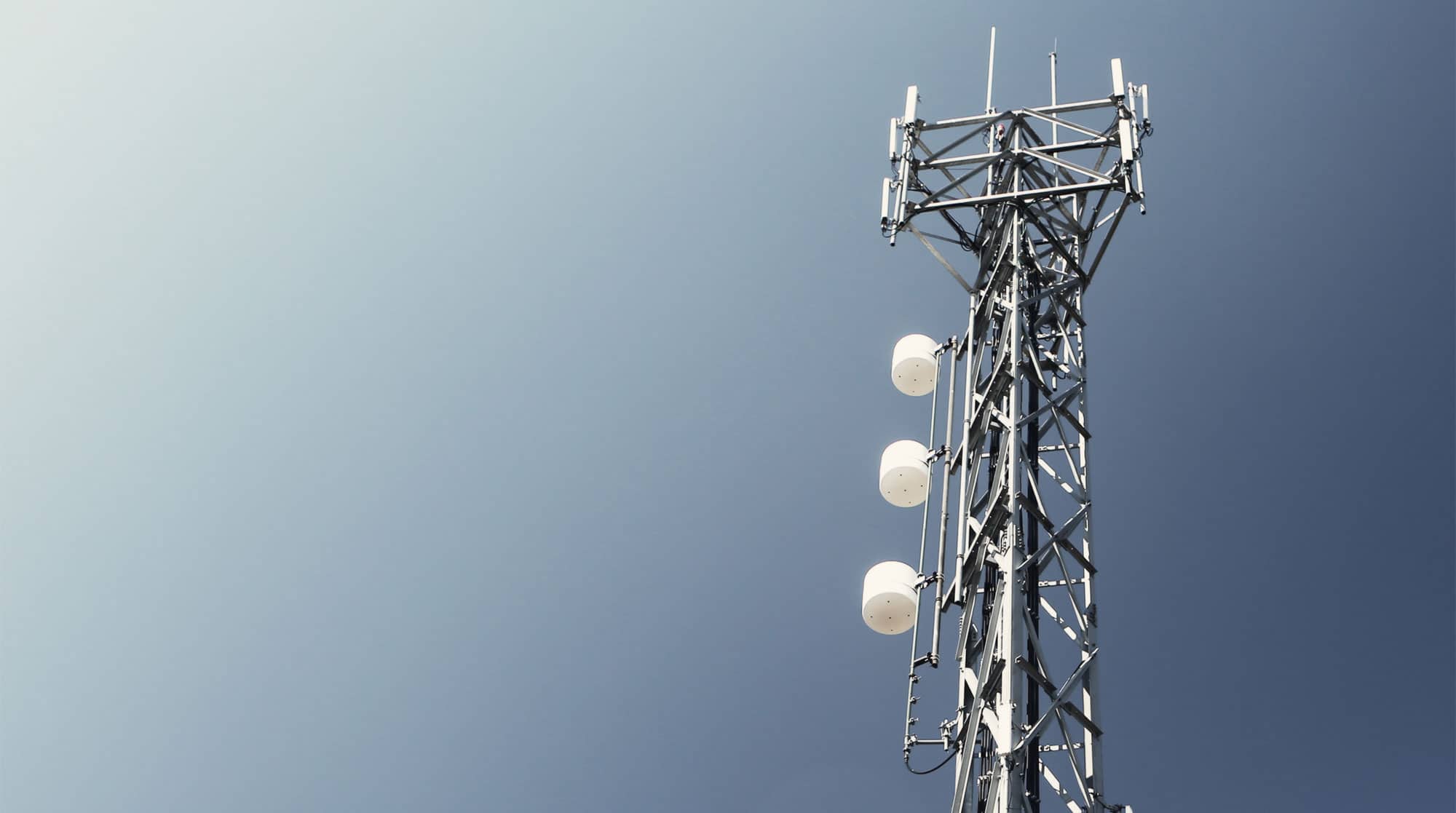How fast is fast? Turns out the answer to that is so fast, it may seer your eyebrows, as Telstra announces it’s working to deliver the fastest 4G speeds yet: 2Gbps. Yikes.
If you’ve ever wished the internet could just come down faster so you wouldn’t have to wait, you may not be using 4G. Essentially the fastest connections around, mobile connections using 4G LTE deliver speeds that push beyond what conventional landline broadband can achieve.
Even the NBN has trouble keeping up, with speeds ranging from the 50Mbps well within reach of the National Broadband Network to a staggering 1Gbps, something out of where the NBN is presently developed for.
Those 1Gbps speeds may just be a bunch of numbers and letters, but they mean real things to your ability to download faster, with 1Gbps connections able to achieve 125 megabytes per second. Translated, that’s a movie downloaded in seconds, and the ability to do more with the internet because of the available bandwidth and throughput.
As fast as 1Gbps is, it can still get faster, and it might even be as early as this year that we see the benefits.
Telstra has this week announced it is working on deploying 2Gbps connections in Australia, which at twice the maximum speed makes it possible to download one gigabyte (1GB) in as little as four seconds. Also called “Category 20 LTE”, a connection of 2Gbps would make it amongst the fastest of mobile connections in the world, boasting 250 megabytes per second.
The connection speed has been in testing alongside Ericsson, chip maker Qualcomm, and network gear maker Netgear, using Ericsson’s testing lab in Sweden to push 2Gbps speeds over a 4G connection.
“With the early success of the latest testing, we can now begin to plan to deploy the 2Gbps enabled 4G technology in our network, targeting high traffic areas like CBDs, stadiums and shopping centres,” said Mike Wright, Group Managing Director for Networks at Telstra.
“This will support even greater capacity and faster mobile speeds for our customers as the demand for data continues to grow,” he said.
As fast as 2Gbps is, it’s important to note that this still isn’t 5G. Rather, it’s approaching the limits of what 4G is expected to do, and it’s something Wright said will likely work alongside 5G, adding that “enhancing the performance of 4G” is an important step in the development of 5G.
When 5G does eventually arrive, 4G will likely help take some of the traffic load, achieving the high speeds we need as the technology latching onto these networks continues to improve.
Right now in Australia, the 1Gbps connections we have access to still don’t always yield those 1Gbps connections. It’s not hard to find mobiles that can hit 1Gbps, either, with the Galaxy S8, Galaxy S9, Huawei’s Mate 10 Pro, Huawei’s P20 Pro, HTC’s U11, and Sony Xperia XZ Premium all chief among the list that support 1Gbps and higher speeds. Finding a phone that does it technically is easy, but getting the performance, less so.
Rather, the places to achieve these speeds are limited, and our mobile devices connect to 4G at different speeds to optimise battery performance alongside.
But when 4G improves to the point where these speeds are possible in more places and sustained at high speed, 5G will likely be just around the corner, and these high speeds — speeds like 1 and 2Gbps — will be attainable by all.
For now, Telstra expects 2Gbps 4G to roll out to select locations later this year, in time for a new piece of networking gear from Netgear to take advantage not just of the 2Gbps speeds, but of the entire 4G network and what it can do.






